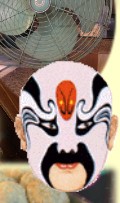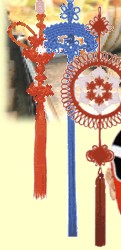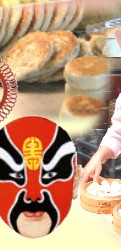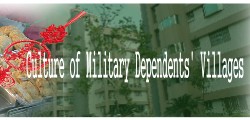| |
|
|
| Military dependents village has its own unique culture, because it combines different people, languages, customs, habits, clothes, and food from various provinces in China . Comparing with the villages or communities in early Taiwan , its variety is obvious.
|
| Most people who ever lived in military dependents village in the early stage missed their hometown and thus were lack of interaction with the externals. ¡§Bamboo Fences¡¨ has become the pronoun of the military dependents village, which somehow reflects its unopened feature.
|
| Six decades passed by and the second and third generations were born; military dependents village can no longer lock itself in. With urban renewal and village construction, marriages and external school study, military dependents village is disappearing. Today's issue is how to keep this unique historical memory.
|
We're glad that Bureau of Cultural Affairs Hsinchu City established the first museum of military dependents village in Taiwan ¡XHsinchu Museum of Military Dependents Village. National Monument Commission of Bureau of Cultural Affairs Taipei City entitled the four buildings in Si-Si Nan Cun, the first military dependents village in Taipei, as ¡§historical building¡¨, and presented in the form of ¡§Chin-Yi Citizen Hall and Cultural Park¡¨ on October 25, 1992.
|
After the ¡§Bamboo Fences¡¨ are torn down one by one, maybe in the near future, we can only review the culture of military dependents village in the museum. |
|
 |
 |
 |
 |
 |
 |
 |
 |
 |
| |
|
|
| |
|
|
 |
|



